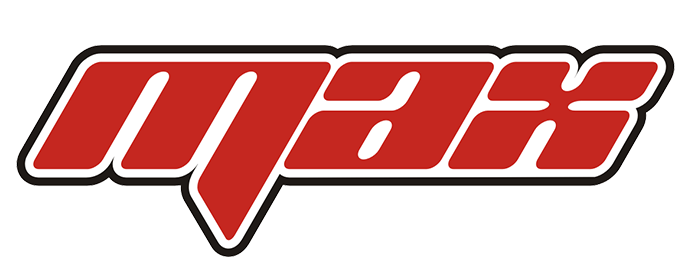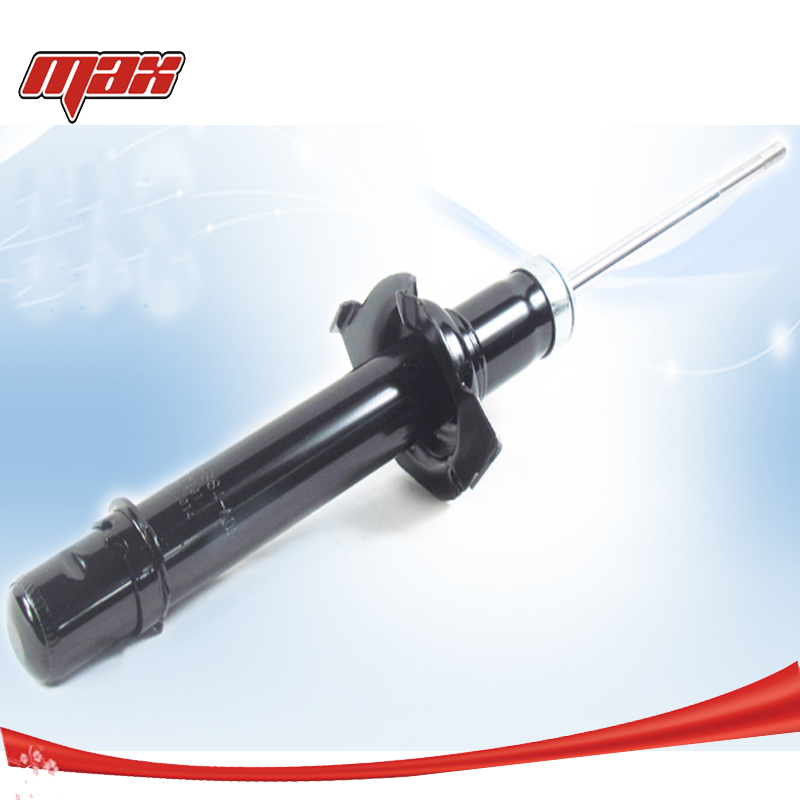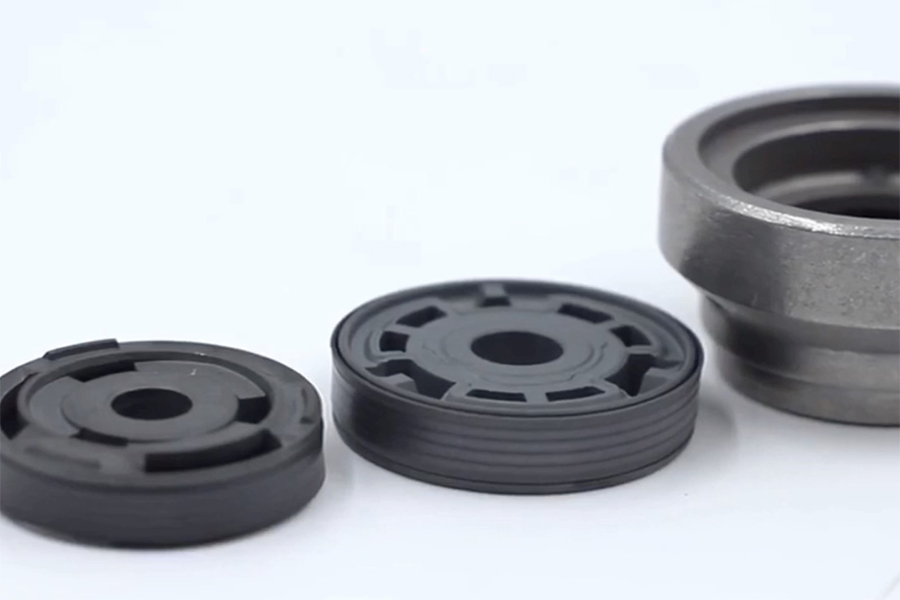1.tire
Replacement cycle: 50,000-80,000km
Replace your tires regularly.
A set of tires, no matter how durable, won’t last a lifetime.
Under normal conditions, a tire replacement cycle is 50,000 to 80,000 kilometers.
If you have a crack on the side of the tire, even if you haven’t reached the driving range,
Also replace it for safety’s sake.
They must be replaced when the tread depth is less than 1.6mm, or when the tread has reached the wear indication mark
2. Rain scraper
Replacement cycle: one year
For the replacement of wiper blade, it is best to replace once a year.
When using wiper daily, avoid “dry scraping”, which is easy to damage the wiper
Serious can cause car glass damage.
The owner had better spray some clean and lubricating glass liquid, and then start the wiper,
Usually wash the car should also be cleaned at the same time a rain scraper.
3. Brake pads
Replacement cycle: 30,000 km
The inspection of the braking system is particularly important, which directly affects the safety of life.
Under normal circumstances, brake pads will increase with the driving distance, and gradually wear.
Brake pads must be replaced if they are less than 0.6 cm thick.
Under normal driving conditions, brake pads should be replaced every 30,000 kilometers.
4. Battery
Replacement cycle: 60,000km
Batteries are usually replaced after 2 years or so, depending on the situation.
Usually when the vehicle is turned off, the owner tries to use the electrical equipment of the vehicle as little as possible.
Prevent battery loss.
5. Engine timing belt
Replacement cycle: 60000 km
The engine timing belt should be checked or replaced after 2 years or 60,000 km.
However, if the vehicle is equipped with a timing chain,
It doesn’t have to be “2 years or 60,000km” to replace it.
6. Oil filter
Replacement cycle: 5000 km
To ensure the cleanliness of the oil circuit, the engine is equipped with an oil filter in the lubrication system.
In order to prevent impurities mixed into the oil caused by oxidation, resulting in glial and sludge blocking the oil circuit.
The oil filter should travel 5000 km and the oil should be changed at the same time.
7. Air filter
Replacement cycle: 10,000 km
The main function of the air filter is to block the dust and particles inhaled by the engine during the intake process.
If the screen is not cleaned and replaced for a long time, it will not be able to shut out the dust and foreign bodies.
If dust is inhaled in the engine, it will cause abnormal wear of cylinder walls.
So air filters are best cleaned every 5,000 kilometers,
Use air pump to blow clean, do not use liquid wash.
Air filters need to be replaced every 10,000 kilometers.
8. Gasoline filter
Replacement cycle: 10,000 km
Gasoline quality is constantly improving, but it will inevitably be mixed with some impurities and moisture,
So the gasoline entering the pump must be filtered,
To ensure that the oil circuit is smooth and the engine works normally.
Since the gas filter is single-use,
It needs to be replaced every 10,000 kilometers.
9. Air conditioning filter
Replacement cycle: 10,000 km inspection
Air conditioning filters work in a similar way to air filters,
Is to ensure that the car air conditioning open at the same time can breathe fresh air.
Air conditioning filters should also be replaced regularly,
When the use of air conditioning when there is a smell or a lot of dust blown out of the outlet should be cleaned and replaced.
10. Spark plug
Replacement cycle: 30,000 km
Spark plugs directly affect the acceleration performance and fuel consumption performance of the engine.
If the lack of maintenance or even replacement on time for a long time, it will lead to serious carbon accumulation of the engine and abnormal cylinder work.
The spark plug needs to be replaced once every 30,000 kilometers.
Choose spark plug, first determine the car used by the model, heat level.
When you drive and feel the engine is underpowered, you should check and maintain it once.
11. Shock absorber
Replacement cycle: 100,000 km
Oil leaks are a precursor to damage to shock absorbers,
In addition, driving on a bad road significantly more bumpy or braking distance is longer is a sign of damage to the shock absorber.
12. Suspension control arm rubber sleeve
Replacement cycle: 3 years
After the rubber sleeve is damaged, the vehicle will have a series of failures such as deviation and swing,
Even a four-wheel position doesn’t help.
If the chassis is carefully examined, rubber sleeve damage is easily detected.
13. Steering pull rod
Replacement cycle: 70,000 km
Slack steering rod is a serious safety hazard,
Therefore, in routine maintenance, be sure to check this part carefully.
The trick is simple: hold the rod, shake it vigorously,
If there’s no shaking, then everything’s fine,
Otherwise, the ball head or tie rod assembly should be replaced.
14. Exhaust pipe
Replacement cycle: 70,000 km
The exhaust pipe is one of the most vulnerable parts under a ca
Don’t forget to take a look at it when you’re checking it out.
Especially with three – way catalytic converter exhaust pipe, more should be carefully checked.
15. Dust jacket
Replacement cycle: 80,000 km
Most used in steering mechanism, shock absorption system.
These rubber products can age and crack over time, leading to oil leaks,
Make steering astringent and sink, shock absorption failure.
Usually pay more attention to check, once damaged, replace immediately.
16. ball head
Replacement cycle: 80,000km
80,000km inspection of steering rod ball joint and dust jacket
80,000km inspection of upper and lower control arm ball joint and dust jacket
Replace if necessary.
A vehicle’s steering ball is similar to a human limb joint,
It is always in a rotating state and needs to be well lubricated.
Due to the package in the ball cage, if the grease deteriorates or defects will cause the ball cage ball head loose frame.
The wearing parts of the car should pay regular attention to maintenance and maintenance, so that the car can maintain a healthy and safe driving state, thus extending the service life of the car. Because the damage of small parts such as general wearing parts is difficult to define, such as glass, light bulbs, wipers, brake pads and so on are usually difficult to determine is due to improper use of the owner, or product quality problems caused by the damage. Therefore, the warranty period of the vulnerable parts on the vehicle is far shorter than the whole vehicle warranty period, short is a few days, long is 1 year, and some are carried out by the number of kilometers.
Post time: Nov-24-2022


